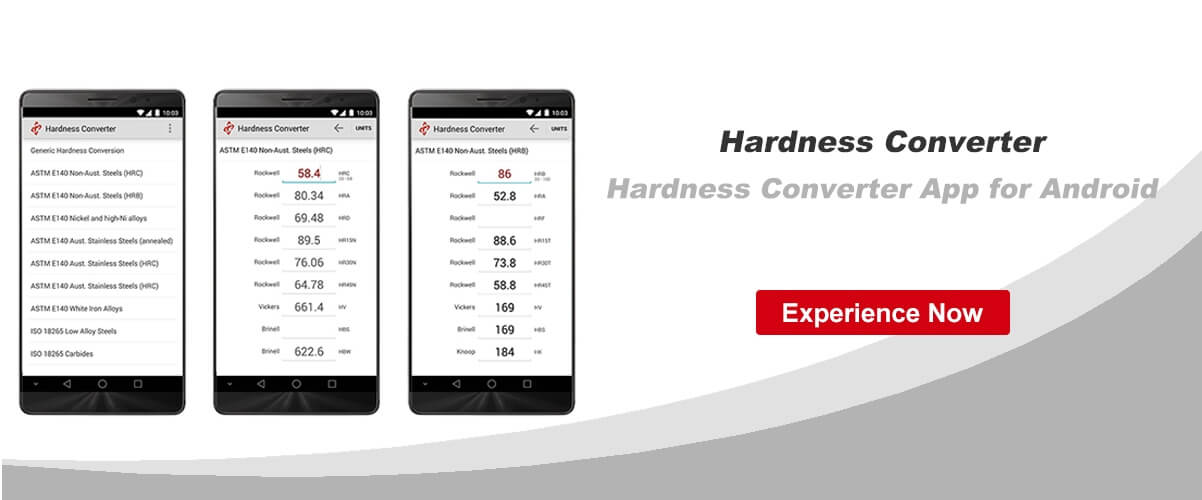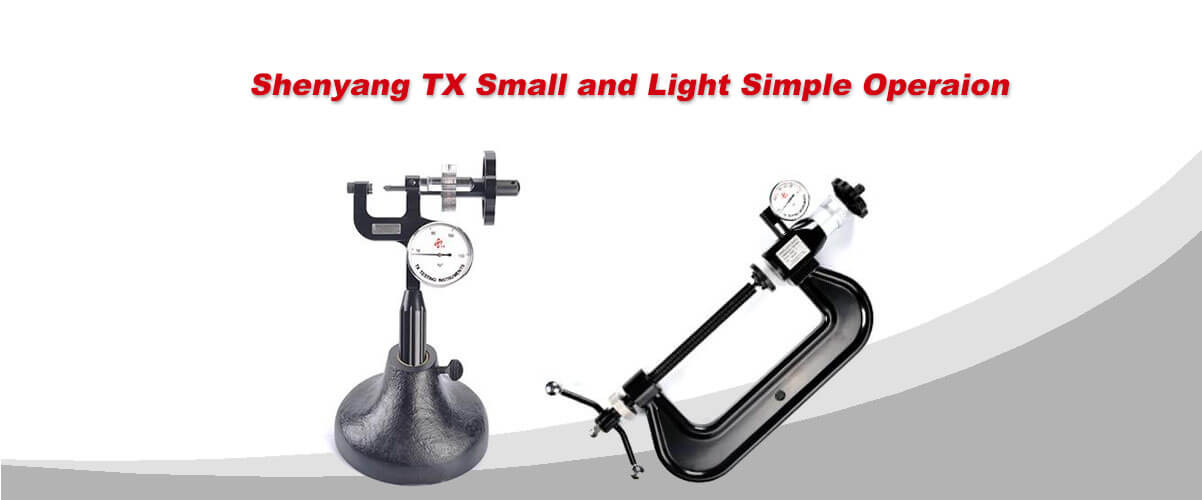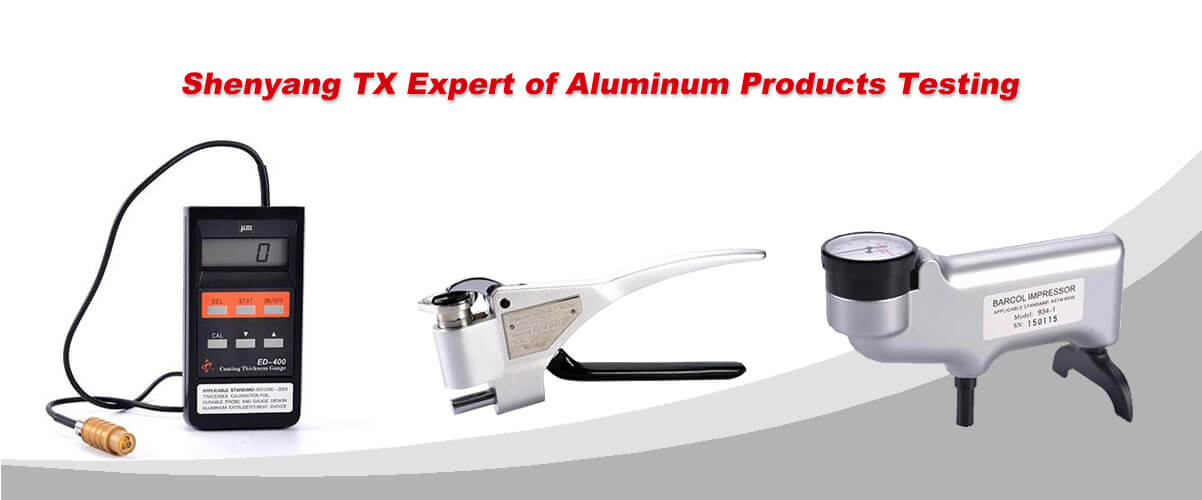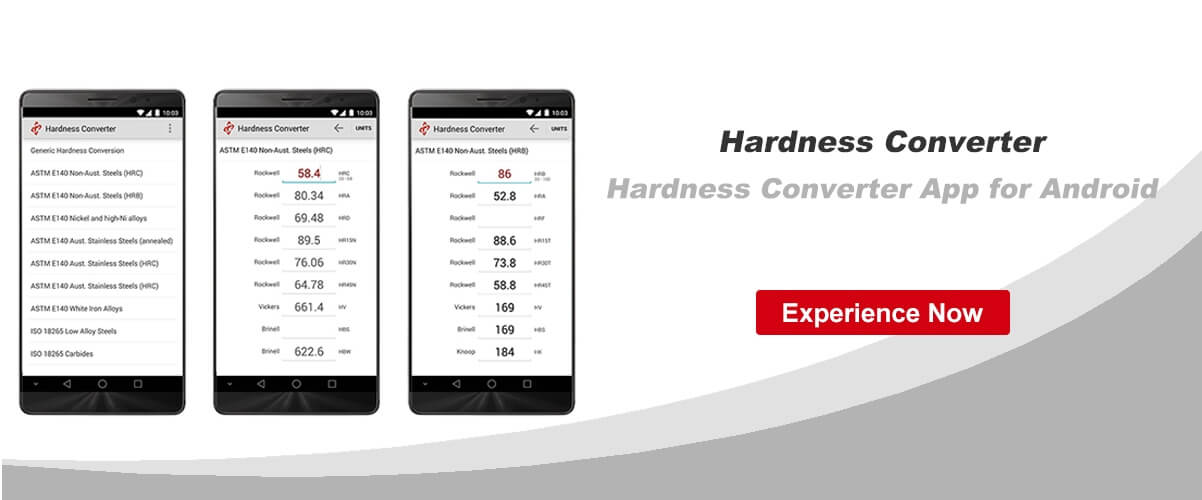Standard Hardness Conversion Tables for Metals Relationship Among Brinell Hardness, Vickers Hardness, Rockwell Hardness, Superficial Hardness, Knoop Hardness, Scleroscope Hardness, and Leeb Hardness Since the various types of hardness tests do not all measure the same combination of material properties, conversion from one hardness scale to another is only an approximate process.
Because of the wide range of variation among different materials, it is not possible to state confidence limits for the errors in using a conversion chart. Even in the case of a table established for a single material, such as the table for cartridge brass, some error is involved depending on composition and methods of processing.
Because of their approximate nature, conversion tables must be regarded as only an estimate of comparative values. It is recommended that hardness conversions be applied primarily to values such as specification limits, which are established by agreement or mandate, and that the conversion of test data be avoided whenever possible.
Conversion of hardness values should be used only when it is impossible to test the material under the conditions specified, and when conversion is made it should be done with discretion and under controlled conditions. Each type of hardness test is subject to certain errors, but if precautions are carefully observed, the reliability of hardness readings made on instruments of the indentation type will be found comparable.
Differences in sensitivity within the range of a given hardness scale may be greater than between two different scales or types of instruments. The conversion values, whether from the tables or calculated from the equations, are only approximate and may be inaccurate for specific application.







